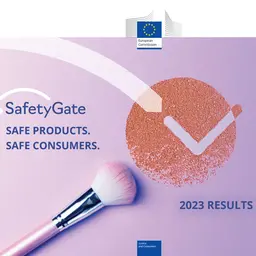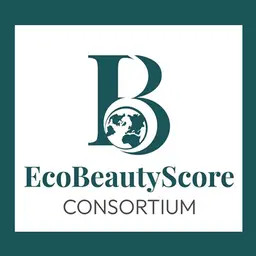
Even after more than two years of actual existence, the Cosmetics Regulation still poses problems. At the 13th edition of the regulatory congress held on November 18-19 in Chartres, France, Emma Trogen, Cosmetics Europe’s Director of Legal Affairs, made an update on the incorrect implementations of the text in various Member States, and on the forthcoming challenges for the industry.
‘Since the Cosmetics Regulation came into force in 2013’, Emma Trogen started, ‘we have observed certain national authorities tend to adopt procedures that are absolutely not compliant with the text, and which usually consist of obligations for manufacturers and importers beyond what the Regulation provides for’.
The correct, harmonized implementation of the Cosmetics Regulation depends partly on Member States, partly on the European Commission, the speaker emphasized. As representatives of the industry, Cosmetics Europe and its national federations very closely monitor all incorrect implementations.
Before getting into the details, here is a short reminder of everyone’s responsibilities.
Member States and the Regulation
The first obligation for national authorities is to adopt the Regulation’s implementing measures, such as providing for appropriate sanctions, appointing competent authorities, or laying down particular provisions to organize cosmetovigilance…
Member States must inform the European Commission of any project for technical rules before they are adopted. This means the regulation provided for must be notified and appear in
the TRIS database
everyone has free access to. The Commission can make comments, and possibly ask the Member State for explanations, which suspends the implementation of the provisions considered.
As an example, Spain recently
notified of a draft order …














